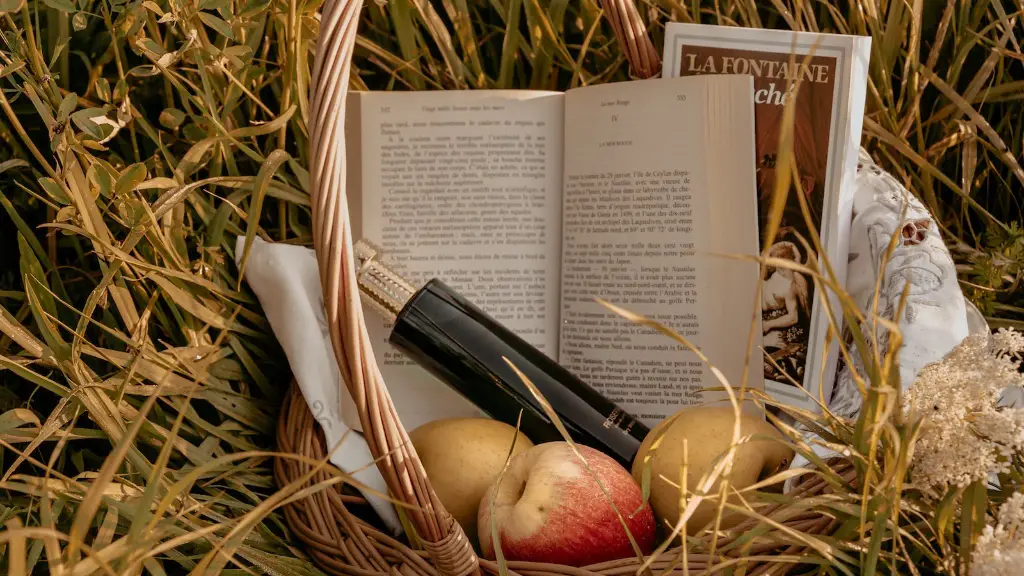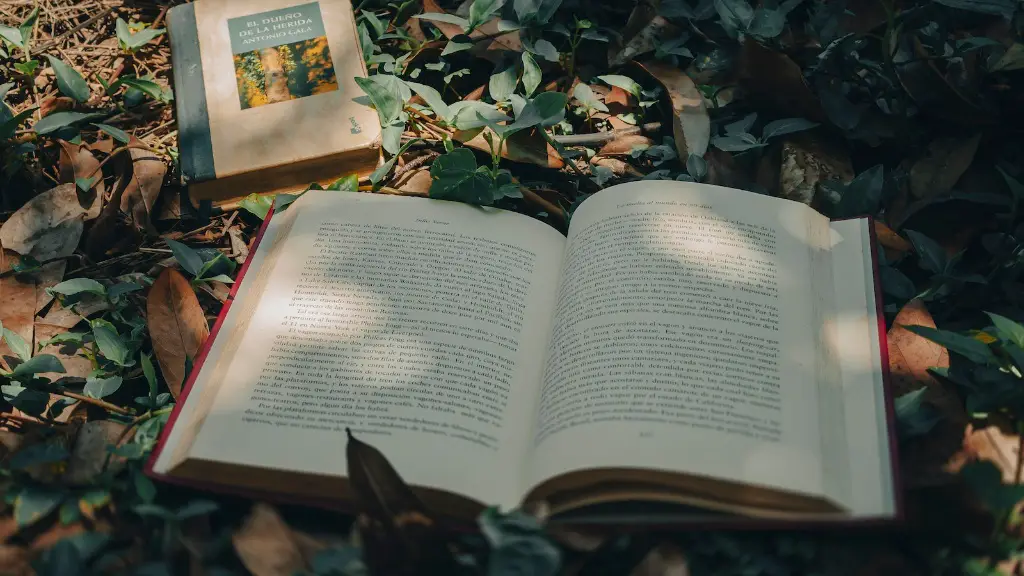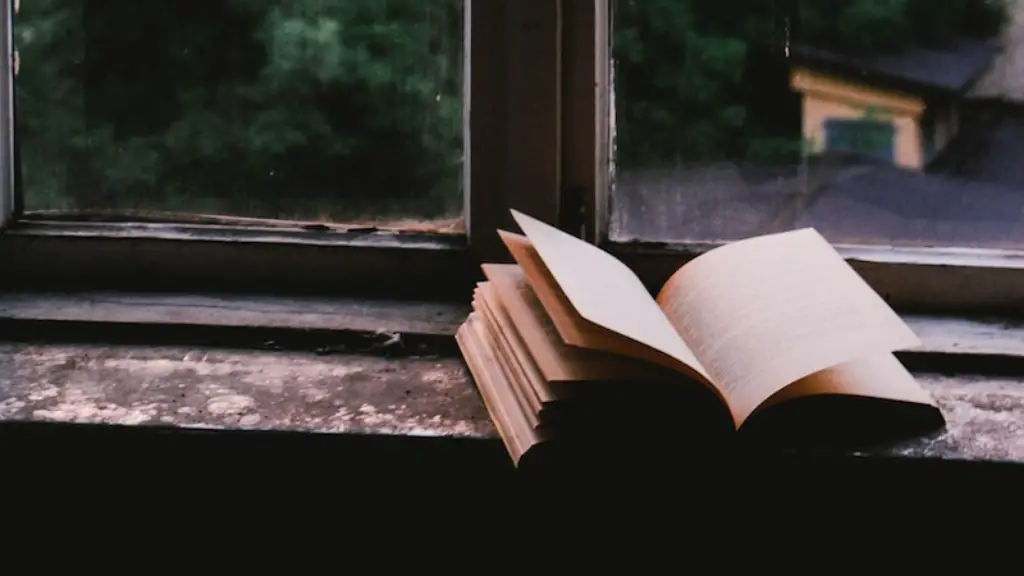Background Information
Rhythm is an element of poetry that is often used to create a strong emotional connection with the reader. It is a pattern of sound and meter that can affect the tone, intensity, and overall structure of the poem. It is often used to provide emphasis to certain words, introduce patterns, and bring attention to certain ideas and points of interest. Rhythm can be created through the use of syllables, rhymes, and alliteration. Rhythm in poetry can be used to provide tension, create a strong aesthetic, and even move the reader to tears with its beauty and emotion.
Definition
Rhythm is the musical quality of a poem that comes from regular patterns of sound and meter. A poem’s rhythm is often created through the use of words with similar sounds and stresses as well as patterns of stressed and unstressed syllables. These patterns of sound contribute to the overall structure of the poem and can help create a strong emotional connection between the poet and the reader.
Techniques
There are several techniques that poets often use to convey rhythm in their poems. One of the most common techniques is the use of end-rhyme, the repetition of words in the same line or in a succeeding line. This technique can be used to add emphasis to a certain idea or point of interest, while also lending a musical quality to the poem. Similarly, alliteration, the repetition of certain sounds, can be used to create emphasis, as well as provide a rhythm to the poem. Other poetic techniques that can be used to create rhythm, such as assonance and consonance, can also create sound patterns that bring attention to certain words and ideas.
Effects
The most powerful effect of rhythm in poetry is the creation of a strong emotional connection between the poet and the reader. The rhythmic quality of the poem can add tension, intensity, and drama to the poem, as well as provide a strong aesthetic for the reader to experience. This can be extremely effective in conveying a certain emotion or atmosphere, and will often bring the reader closer to the poet’s feelings and experiences. Additionally, rhythm can be used to structure a poem and add a variety of different tones and levels of intensity, which can bring greater interest and diversity to a poem.
History of Rhythm in Poetry
Rhythm has been an important element of poetry since the earliest days of literature. Poets have been using a variety of different techniques to add intensity and emotion to their work since the early days of literature. As poetry has developed over the centuries, poets have continued to experiment with and expand on the use of rhythm in their work. In the 19th century, for example, poets such as Gerard Manley Hopkins and William Butler Yeats developed a style of poetry that relied heavily on rhythm to create powerful emotions and energy. In the modern day, poets such as Maya Angelou and Langston Hughes have continued to take advantage of the emotional and aesthetic effects that come from the use of rhythm in poetry.
Executing Rhythm in Poetry
Executing rhythm in a poem can be a difficult task, as the poet must be able to find a balance between the rhythm and the flow of the poem. However, there are certain techniques that poets can use to help create a strong emotional connection with the reader. For example, a poet can play with the tempo of the poem, which can create a feeling of anticipation or excitement. Additionally, the poet can use alliteration or rhyme to draw attention to certain words and ideas. Finally, the poet can use poetic techniques such as meter, caesura, and multiple layers of rhythm to create a strong emotional atmosphere.
Criticism of Rhythm in Poetry
Rhythm has been the focus of criticism from some literary figures. Many of these critics argue that relying too heavily on the use of rhythm can lead to “overly predictable” poetry that fails to engage the reader with ideas or thoughts. Additionally, relying too heavily on the use of rhyme and alliteration can also lead to a poem feeling “forced” or artificial. Finally, some critics argue that the use of rhythm can become a “crutch” that poets rely on to create a powerful emotional connection, rather than writing from a more genuine place.
Expert Perspectives
In an interview with poet and author Linda Urban, Urban discussed the importance of rhythm in poetry. Urban argued that the use of rhythm is one of the most important elements of poetry, as it helps to create a strong emotional connection between the poet and the reader. Urban emphasized that, “Rhythm is about feeling, not about sound for its own sake.” Similarly, in an interview with poet and novelist Jessica Davenport, Davenport argued that the use of rhythm can be a powerful tool for creating emotion and an appreciation for the poetry. Davenport stated, “The rhythm of a poem can draw the reader into the experience and create a sense of understanding or recognition.”
Analysis and Insights
From my personal analysis, it is clear that rhythm can be a powerful tool for poets to create a strong emotional connection with their readers. Its potential to create tension, intensity, and a strong aesthetic can be highly effective in conveying certain emotions and ideas. However, there are also certain risks associated with relying too heavily on rhythm in a poem. As such, I believe it is important for poets to be aware of the potential risks while still taking advantage of the powerful effects that come with the use of rhythm in a poem.
Modern Rhythm in Poetry
Modern poets have embraced the use of rhythm as an essential part of their craft, using it to create strong emotional connections with their readers. Contemporary poets such as Mary Oliver, Billy Collins, and T.S. Eliot rely on the use of rhyme and alliteration to create a unique and often powerful aesthetic in their work. Additionally, some modern poets such as Carl Phillips and Sharon Olds use the use of meter, caesura, and other poetic techniques to create a tantalizing rhythm that can evoke strong emotions in the reader.
Influence of Rhythm in Poetry
The influence of rhythm in poetry can be seen in a variety of places, from classic literature to modern songwriting. Many classic poets such as William Shakespeare and Robert Frost included the use of rhyme and meter in their work to create powerful emotional effects. Similarly, in modern songwriting, rhythm and rhyme continue to be essential elements in conveying emotion and providing structure to certain songs. As such, it can be seen that the use of rhythm in poetry continues to be an important and influential element in literature and music.
The Power of Rhythm in Poetry
The power of rhythm in poetry lies in its ability to create a strong emotional connection between the poet and the reader. Through the use of rhyme, alliteration, and meter, the poet can create a unique aesthetic that can be used to evoke a powerful emotional response from the reader. Additionally, by incorporating a variety of techniques, the poet can create levels of intensity and bring attention to certain words and ideas. As such, it can be seen that rhythm is an essential element of poetry that can be extremely powerful when used properly.



